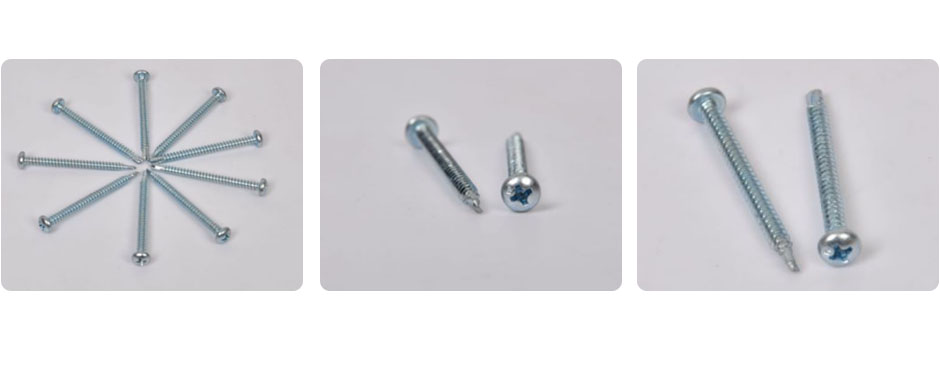beveled washer vs flat washer quotes
When it comes to selecting the right type of washer for various applications, two common choices are beveled washers and flat washers. Each type has its unique characteristics and applications, making them suitable for different scenarios. Understanding their differences and advantages can help you make an informed decision for your project.
Flat washers are simple, disc-shaped hardware components with a small hole in the center. They are primarily used to distribute the load of a threaded fastener, such as a bolt or nut, over a larger area. This helps to prevent damage to the material being fastened and can assist in maintaining the tightness of the joint by minimizing the risk of loosening. Flat washers can be manufactured from various materials including steel, plastic, and rubber, making them versatile for a wide range of applications.
On the other hand, beveled washers, also known as washer shims, are designed with an angled edge that creates a slope. This unique design allows them to be used for leveling and aligning parts that may not be perfectly flat or parallel. Beveled washers can be particularly useful in applications where surfaces are not uniform, helping to compensate for irregularities and ensuring a snug fit for the fastener. Their angled edges provide a mechanical advantage in certain settings where gaps may exist between the surface and the fastener.
One significant advantage of beveled washers is their ability to accommodate adjustments. For instance, when constructing structures or assembling machinery, uneven surfaces can often pose challenges. Beveled washers can effectively fill in these gaps, allowing for a more secure and stable connection. This feature can be especially beneficial in construction, automotive, and machinery applications where precision is crucial.
beveled washer vs flat washer quotes

When comparing the two types, it's important to consider the specific requirements of your project. If you need to prevent damage to a soft material or simply need to distribute force evenly, flat washers are likely the better choice. They are straightforward, easy to install, and can be used in most general applications.
Conversely, if your project involves structures with varying surfaces or if you require precise leveling and alignment, beveled washers may offer the best solution. Their specialized design allows them to fill gaps and provide stability, ensuring that your assembly remains secure and level.
Cost is another factor to take into account. Generally, flat washers are more common and therefore can be less expensive compared to beveled washers. However, the investment in beveled washers can pay off in the long run by improving the quality and integrity of your project.
In conclusion, both beveled and flat washers play crucial roles in fastening applications, each with its distinct advantages. Depending on the nature of your project, it is essential to assess not only the characteristics of each washer but also the specific needs of your assembly. By carefully considering these aspects, you can choose the right type of washer to ensure a secure, durable, and effective fastening solution. Whether you opt for the simplicity of flat washers or the precision alignment offered by beveled washers, understanding your options will greatly enhance the outcome of your work.
-
Top Choices for Plasterboard FixingNewsDec.26,2024
-
The Versatility of Specialty WashersNewsDec.26,2024
-
Secure Your ProjectsNewsDec.26,2024
-
Essential Screws for Chipboard Flooring ProjectsNewsDec.26,2024
-
Choosing the Right Drywall ScrewsNewsDec.26,2024
-
Black Phosphate Screws for Superior PerformanceNewsDec.26,2024
-
The Versatile Choice of Nylon Flat Washers for Your NeedsNewsDec.18,2024










